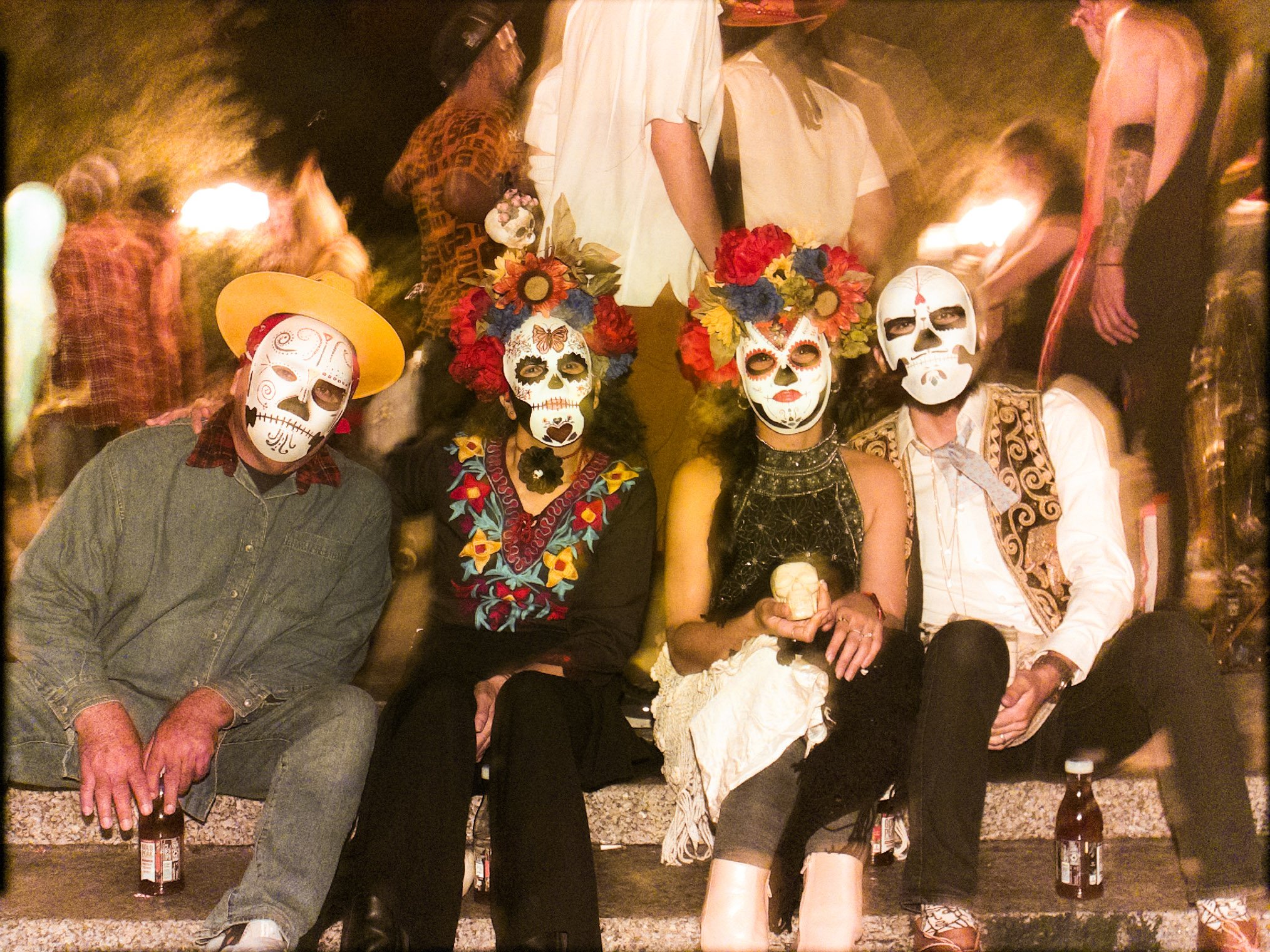The Upgraded Leica M2Pi Boldly Digitizes an Analog Camera
The Leica M2Pi starts with a question few dared to answer: What if the analog purity of a Leica M2 met the experimental, digital world of a Raspberry Pi?
Michael Suguitan, the creator behind this audacious idea, has not just answered this question — he’s reshaped the conversation about hybrid cameras. His original Leica MPi represents the collision of timeless engineering with modern tinkering, and its latest iteration, the Leica M2Pi, pushes the boundaries of what’s possible for photographers seeking more than mere nostalgia.
When Suguitan first unveiled the Leica MPi in 2023, a Leica M2 fitted with a Raspberry Pi-powered digital sensor inside, it wasn’t just a quirky modification; it was a bold reimagining of what a film camera could be in the digital age. The project aimed to preserve the M2’s mechanical excellence while introducing a digital capture mechanism powered by open-source technology. The result? A post-digital hybrid camera that invites curiosity.
With a significant update to the project, Suguitan has elevated the MPi from an ambitious concept to a viable tool for photographers who crave versatility. The new Leica M2Pi comes equipped with a larger sensor capable of capturing daylight photos in color, addressing one of the original’s primary limitations. This change isn’t just technical; it transforms the M2Pi into a genuinely usable camera for real-world scenarios. The sensor’s increased capabilities mean sharper images and more detail.
Alongside the upgraded sensor, the M2Pi now includes an internal battery and support for external accessories like a flash. The internal battery eliminates the clunky external power solutions that tethered the first version, making the camera more portable and intuitive. Flash compatibility, meanwhile, opens the door to creative lighting setups, a critical tool for anyone working in controlled environments or low light. These changes reflect a thoughtful evolution of the MPi, demonstrating that Suguitan is not merely iterating but listening to the needs of photographers.

One of the most compelling aspects of this update is Suguitan’s commitment to open-source. By releasing detailed instructions and software through the project’s repository, he’s ensuring the M2Pi is a platform for collaboration. This decision aligns with the ethos of the open-source community, inviting others to adapt the system to different cameras or improve the existing design.
For photographers accustomed to the constraints of film, the ability to experiment with different settings and lighting conditions without the cost of film stock is liberating. The digital back allows users to preview images instantly, an invaluable feature for those honing their craft or working in fast-paced environments. It’s a tool that encourages risk-taking and creativity, freeing photographers from the anxiety of limited exposures.
The Leica M2Pi is not without its challenges. Building and using the camera requires technical expertise, and its niche appeal means it won’t replace traditional film or digital cameras for most users.
In an era where cameras are often defined by their megapixel counts and feature lists, the Leica M2Pi stands apart. With its updated features and open-source foundation, the M2Pi invites photographers to think differently about their tools and craft. For those willing to take the leap, it offers a rare combination of history, technology, and possibility. And in doing so, it ensures that the spirit of the Leica M2 — and the creativity it inspires — lives on in the digital age.
Suguitan is also celebrating the MPi project through a new photography zine, for which he is currently seeking funding on Kickstarter. The zine is a printed collection of photographers captured using the Leica MPi and M2Pi.
Image credits: Michael Suguitan
Disclaimer: Make sure you do your own research into any crowdfunding project you’re considering backing. While we aim to only share legitimate and trustworthy campaigns, there’s always a real chance that you can lose your money when backing any crowdfunded project. PetaPixel does not participate in any crowdfunding affiliate programs.